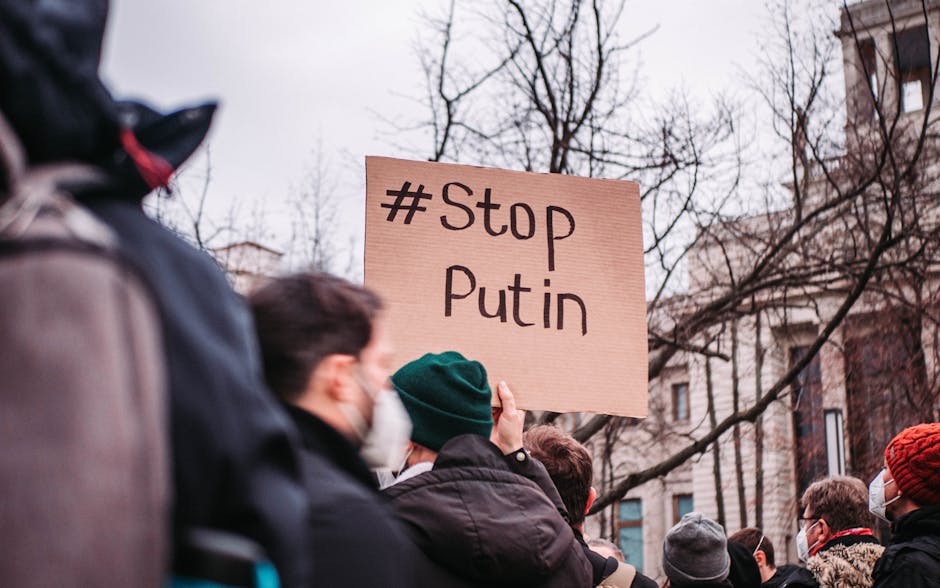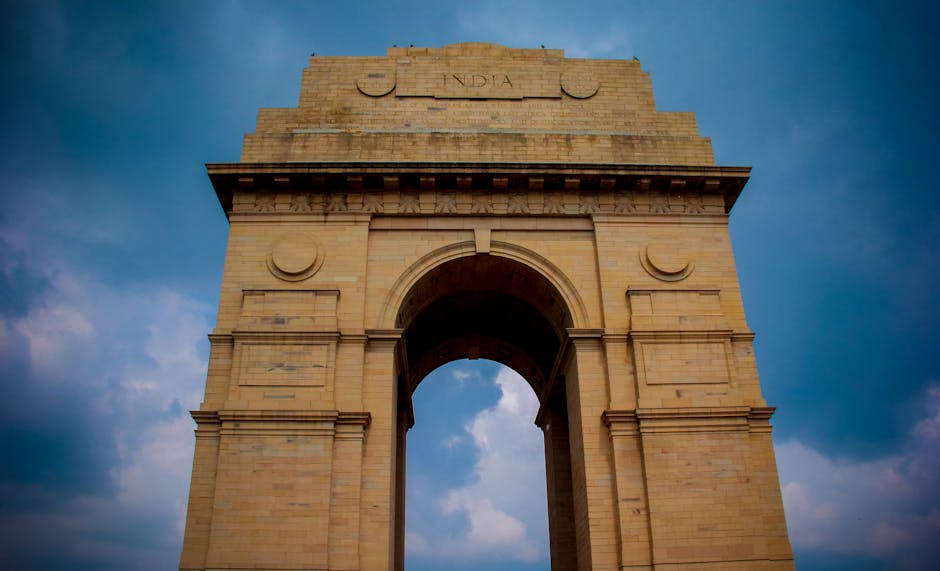As the world marks another grim milestone in the conflict, the calendar flips to day 1,350 of the Russia-Ukraine war. What began as a “special military operation” has morphed into a protracted war of attrition, a bleeding wound on the European continent that has reshaped global alliances and economies.
Here is a list of the key events shaping the conflict as it grinds into its fourth year.
- Kharkiv Front: The fighting intensifies with AI-guided “drone wars” creating a technological meat grinder.
- Diplomacy: High-level but discreet talks are reportedly underway in Ankara, focusing on de-escalation.
- Energy Security: Russia targets critical infrastructure with advanced hypersonic missiles ahead of winter.
- Global Economy: “Sanctions fatigue” grows in the West as Russia builds a parallel trade network.
Kharkiv Front: ‘Technological Meat Grinder’ Fueled by AI Drones
The focus of intense fighting has once again shifted to the northeastern Kharkiv Oblast. After months of a relative stalemate, Russian forces have initiated a renewed offensive, not with overwhelming numbers, but with overwhelming technology. Military analysts are calling this “Drone Wars 2.0.”
Both sides are deploying AI-guided drone swarms that can independently identify and engage targets, making traditional trench warfare almost obsolete and incredibly costly. Ukrainian forces, bolstered by newly delivered Western long-range artillery, are exacting a heavy toll, but the pressure on their defensive lines is immense. The front moves barely a kilometre a week, but the cost for every metre is staggering.
Diplomacy in Ankara: Secret Talks Focus on De-escalation
While the battlefield rages, quiet but significant movements are being reported on the diplomatic front. Ankara, reprising its role as a key mediator, is reportedly hosting discreet, high-level talks between Russian and Ukrainian envoys.
Sources suggest these are not peace talks, but “de-escalation framework” discussions. The focus is on establishing red lines to avoid catastrophic escalation, including the security of nuclear power plants and the potential for localised ceasefires to allow for humanitarian aid. While a comprehensive peace deal remains a distant dream, this high-level dialogue is the most significant diplomatic development in over a year.
Energy Infrastructure: Ukraine Faces New Hypersonic Missile Threat
With another harsh winter approaching, Russia has renewed its strategy of targeting Ukraine’s critical energy infrastructure. The attacks have evolved; Russia is now using a smaller number of its most advanced hypersonic missiles to target key power substations and gas storage facilities.
These weapons are exceptionally difficult for Ukraine’s otherwise robust air defence systems to intercept. The strategy appears designed to inflict maximum disruption with minimal expenditure of munitions, testing Ukrainian resilience and forcing its partners to commit to another season of emergency energy support.
Global Economy: ‘Sanctions Fatigue’ and Russia’s Parallel Trade
In the global arena, the long-term economic war is showing signs of fraying. The term “sanctions fatigue” is now openly debated in European capitals, as prolonged restrictions on Russia have created persistent inflation and supply chain issues at home.
Meanwhile, Russia has significantly reoriented its economy eastward. A robust parallel trade network involving nations in Central Asia and the Middle East allows it to circumvent many Western sanctions. For nations like India, this presents an ongoing diplomatic tightrope, balancing energy ties with Moscow against calls for a peaceful resolution.
Day 1,350 offers no easy answers, only the sobering reality of a war that has become deeply entrenched. The glimmers of hope on the diplomatic front are shadowed by the brutal innovation on the battlefield, as the conflict continues to write its grim history, one day at a time.




